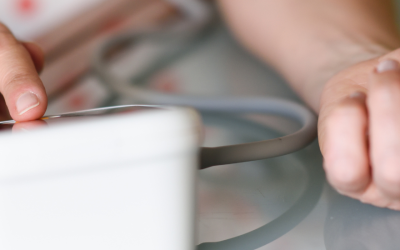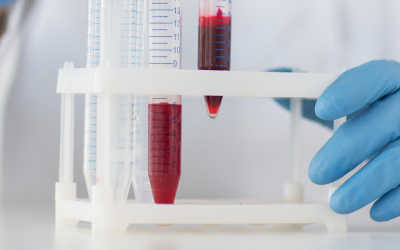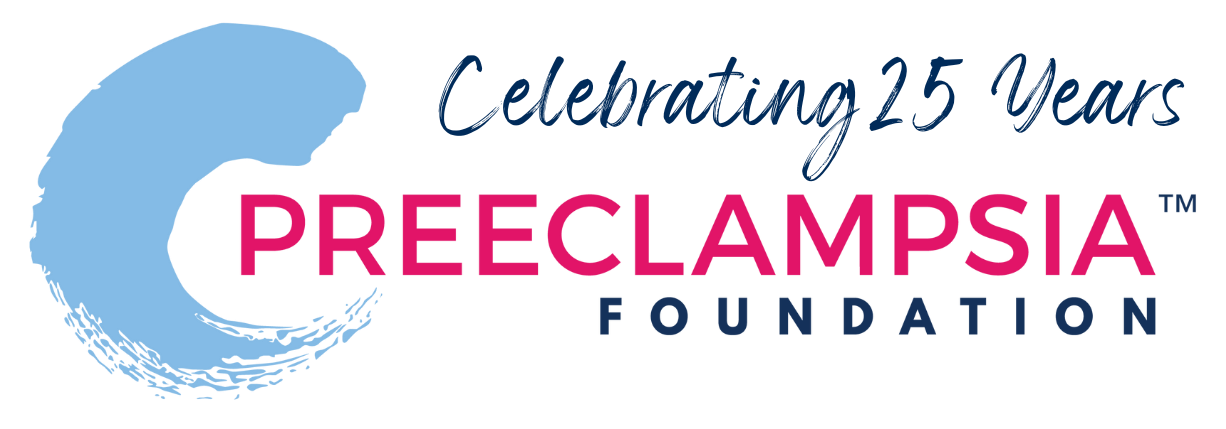
Could messenger RNA be a new way to detect preeclampsia before it strikes?
Noninvasive preeclampsia prediction using plasma cell-free RNA signatures.
Messenger ribonucleic acid (mRNA) is a molecule that contains the instructions to tell cells how to make proteins. mRNA is made by “reading” deoxyribonucleic acid (DNA), then is released into the cell where it tells the body’s amino acid how to make a specific protein. Once the mRNA is used, it breaks down and is released into a person’s blood stream. These broken-down products are called cell-free RNA. They are made up of several types of longer and shorter pieces of mRNA, miRNA (microRNA), and lncRNA (long non-coding RNA). A simple blood sample can show the presence of cell-free RNA, and how active certain genes have been based on their presence.
Cell-free RNA is a new class of biomarkers that show promise to help diagnose medical conditions like preeclampsia. Researchers hope that cell-free RNA could help detect issues with the function of the placenta prior to the onset of preeclampsia.
In this study, researchers looked at blood samples from 917 pregnant patients (all Han Chinese) - 715 with uncomplicated pregnancies and 202 with preeclampsia. 151 of the preeclampsia cases occurred before 37 weeks (“preterm preeclampsia”) and 78 cases happened before 34 weeks (“early-onset preeclampsia”). The blood samples were taken before the patients showed any signs or symptoms of the disease. They found that a few mRNA, miRNA, and lncRNA markers difference between patient who had preeclampsia and those who did not. They also found differences between preterm and early-onset preeclampsia.
The researchers developed a prediction tool based on two clinical factors – in vitro fertilization (IVF) and mean arterial blood pressure – and 13 cell-free RNA patterns. In a group of patients with these risk factors and DNA/mRNA patterns, they found that 68% of them would be likely to develop preeclampsia, and 73% would develop early-onset preeclampsia (what is known as positive predictive value, or PPV).
The study identified 77 genes that were different between patients who had preeclampsia and those who did not. Many of these genes were ones previously shown to be involved in preeclampsia. However, the study was limited by the fact that it was studied in patients with similar ancestry. More research will be needed to further prove whether this could be developed into a clinical tool.
Take Home Message: Measurement of 13 cell-free RNA patterns from a pregnant person’s blood and two clinical features (IVF and mean arterial pressure) can predict the development of preeclampsia better than previous predictions tools. With further research these findings may help understand how preeclampsia occurs, and to design more effective treatments. However, the results need to be validated in prospective studies and in more diverse populations before they can be used clinically.
Link: https://pubmed.ncbi.nlm.nih.gov/37211139/
Citation: Zhou S, Li J, Yang W, Xue P, Yin Y, Wang Y, Tian P, Peng H, Jiang H, Xu W, Huang S, Zhang R, Wei F, Sun HX, Zhang J, Zhao L. Noninvasive preeclampsia prediction using plasma cell-free RNA signatures. Am J Obstet Gynecol. 2023 May 19:S0002-9378(23)00323-X. doi: 10.1016/j.ajog.2023.05.015. Epub ahead of print. PMID: 37211139.
About Research Roundup
Each quarter, our team of science writers reviews the most current research studies related to hypertensive disorders of pregnancy and summarizes those studies of greatest interest and potential impact to our community, including research studies related to risk assessment, diagnosis, prevention, and treatment. Special thanks to our volunteer research team, who under the leadership of Dr. Elizabeth Sutton, make Research Roundup possible, and to our Patient Advisory Council, who reviews these materials from the patient perspective.
Related Articles

Your story is needed to improve outcomes for moms like you. Add your voice to critical preeclampsia research to ensure that every story is heard.

Frequently asked questions about the Preeclampsia Registry, a patient-driven registry and biobank.

The Preeclampsia Foundation offers research funding, study recruitment, and other patient engagement services to researchers.

We provide research grant funding to advance progress towards detection, prevention, or treatment of preeclampsia, HELLP syndrome, and other hypertensive disorders of pregnancy.

Hypertensive disorders of pregnancy significantly increase your risk of developing long-term heart problems. A careful review of blood pressure elevations during and after pregnancy may assist in iden...

Hypertensive disorders of pregnancy (HDP) can affect different groups of women in different ways, and even though we know this happening, we don't fully understand why. There are many factors, like bi...

There is growing evidence that studies examining pregnancy and its complications need to start early within the pregnancy to fully understand the nature of preeclampsia. Key gestational milestones, wh...

It is known that chronic hypertension and high BMI (body mass index) are risk factors for hypertensive disorders of pregnancy (HDP). Studies documenting this risk have usually assessed blood pre...

Several biomarker tests are under development to predict or diagnose preeclampsia. While none of these tests are yet widely accepted in U.S. clinical practice, two FDA-approved tests are available in...



